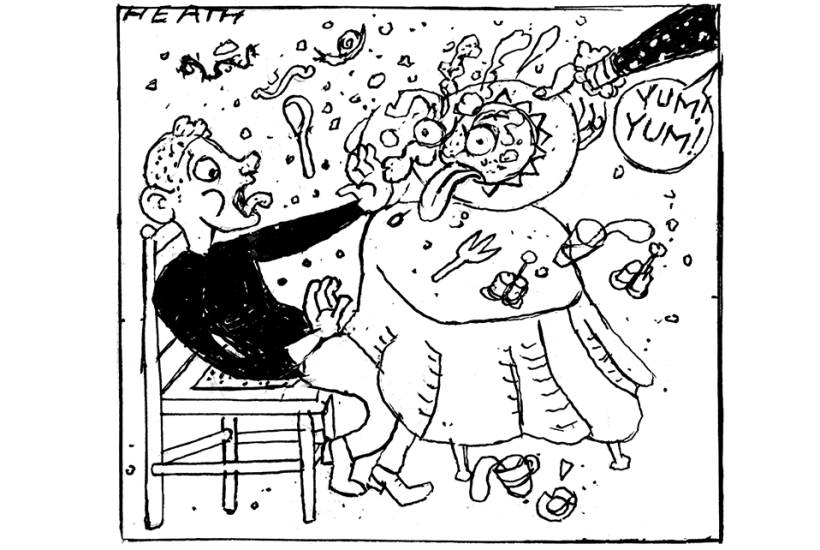Which items of food from your childhood did your parents force you to eat which now, blessed with the gift of choice, you wouldn’t touch with a proverbial bargepole? Pig trotters, cow heels and various items of offal, such as hearts, brains and ‘lights’, may spring to mind. Brussels sprouts, of course, and possibly dubious seafood such as cockles and whelks.
Already a subscriber? Log in
Subscribe for just $2 a week
Try a month of The Spectator Australia absolutely free and without commitment. Not only that but – if you choose to continue – you’ll pay just $2 a week for your first year.
- Unlimited access to spectator.com.au and app
- The weekly edition on the Spectator Australia app
- Spectator podcasts and newsletters
- Full access to spectator.co.uk
Or
Unlock this article
You might disagree with half of it, but you’ll enjoy reading all of it. Try your first month for free, then just $2 a week for the remainder of your first year.








Comments
Don't miss out
Join the conversation with other Spectator Australia readers. Subscribe to leave a comment.
SUBSCRIBEAlready a subscriber? Log in